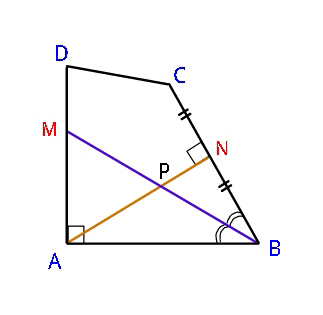
AllQuestion and Answers: Page 1916
Question Number 18053 Answers: 0 Comments: 5

Question Number 18046 Answers: 1 Comments: 0

Question Number 18036 Answers: 0 Comments: 4
Question Number 18034 Answers: 2 Comments: 0
Question Number 18031 Answers: 1 Comments: 0
Question Number 18022 Answers: 1 Comments: 0
Question Number 18024 Answers: 2 Comments: 0

Question Number 18015 Answers: 2 Comments: 1
Question Number 23721 Answers: 1 Comments: 0
Question Number 23722 Answers: 0 Comments: 4
Question Number 18004 Answers: 1 Comments: 1

Question Number 18003 Answers: 1 Comments: 0
Question Number 17999 Answers: 1 Comments: 0
Question Number 17997 Answers: 0 Comments: 0
Question Number 17995 Answers: 0 Comments: 0
Question Number 17991 Answers: 2 Comments: 3
Question Number 17989 Answers: 0 Comments: 8
$${Solve}\:{for}\:{x} \\ $$$${x}^{{x}^{{x}^{{x}^{....} } } } =\:\mathrm{4} \\ $$
Question Number 17985 Answers: 1 Comments: 0
Question Number 17983 Answers: 1 Comments: 0
Question Number 17976 Answers: 1 Comments: 0
Question Number 17970 Answers: 1 Comments: 0

Question Number 17969 Answers: 0 Comments: 0

Question Number 17963 Answers: 0 Comments: 4

Question Number 17961 Answers: 1 Comments: 0

Question Number 17959 Answers: 1 Comments: 0

Question Number 17957 Answers: 1 Comments: 0
Pg 1911 Pg 1912 Pg 1913 Pg 1914 Pg 1915 Pg 1916 Pg 1917 Pg 1918 Pg 1919 Pg 1920
